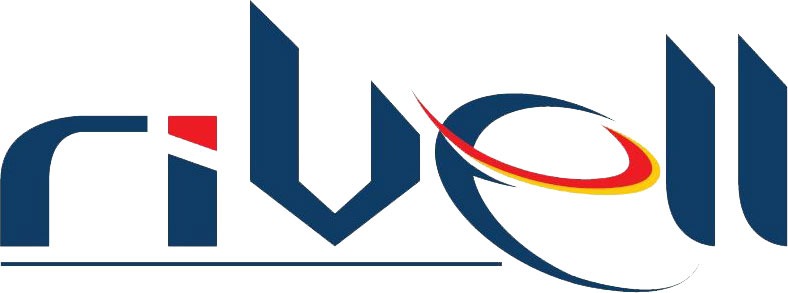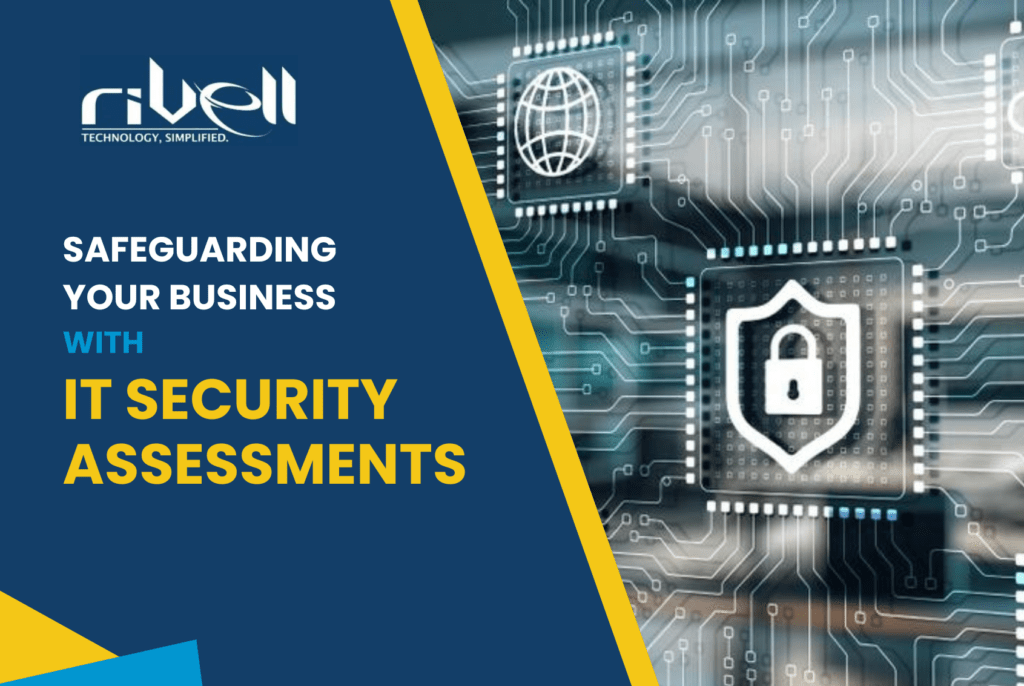It is in the contemporary world where a lot of business activities are conducted online that organizations are at high risk of falling victim to cyber threats that can lead to data loss, business downtime, and negative impact on the company’s image. These risks can be reduced through conducting the following comprehensive IT security assessments in the organization. This guide will focus on understanding why it is crucial to do IT security assessments, what are the elements of the assessment, and how you can protect your business from cyber threats.
What is an IT Security Assessment?
An IT Security assessment can be defined as a comprehensive examination of the information technology systems that are used in a certain organization with the aim of determining the strengths, weaknesses and the risks that are present in the system. It is to provide assurance that the right security controls have been put in place to prevent unauthorized access, alteration, disclosure, or loss of data. This is a process of checking hardware, software, networks and policies in an organization to determine the areas that are vulnerable to attacks by hackers.
Why IT Security Assessments are Crucial
The role of IT security assessments cannot be overemphasized. As cyber threats are much more complicated, companies should be prepared for possible attacks. Here are some reasons why regular information technology security assessments are critical:
1. Identifying Vulnerabilities
Review of IT security assessments assists in identifying vulnerabilities in your system that the attackers could potentially use. From the given list of vulnerabilities, it will be easier to put in measures to prevent similar incidents from occurring in the future.
2. Compliance
Several industries are required by law to conduct information security risk assessments on a regular basis due to regulation compliance. Not adhering to these sets of regulations not only exposes the business to legal consequences but also to data breaches.
3. Risk Management
An IT security risk assessment will define the vulnerabilities to your organization and categorize these risks according to levels of severity.
Recent surveys reveal that 60 percent of small businesses are closed six months after a cyber incident. This will allow you to control such risk and manage resources necessary for their handling.
4. Protecting Reputation
A breach of data can have terrible consequences to your company and its reputation. As in 2023 the cost of a breach of data was estimated to be $4.45 million, and the loss of customers’ trust is even worse. This is because conducting IT security assessments on a routine basis can help you avoid incidents that would harm your brand and reduce the confidence your customers have in you.
5. Cost Savings
Proactive identification and mitigation of security risks can save your business from costly data breaches and downtime. According to IBM, it has been estimated that corporations achieve average net savings of $1.8 million. This will save dollars on data breaches by having preventive measures in place. That’s why it is crucial to invest in IT security assessments as it will help you save your money and assets in the future.
Key Components of an IT Security Assessment
In order to have an effective IT security assessment, there are several components that need to be considered:
1. Asset Inventory
The first activity that must be carried out in an information technology security assessment is to develop an inventory of all IT resources that are available in any organization in the form of hardware, software, data, and networks. This inventory serves as the basis for assessing the organization’s weakest links and the effects of possible threats.
2. Threat Identification
IT security risk assessment is crucial to identify potential threats that may be posing a definite risk. This includes recognizing the different categories of cyber risks that exist, including malware, phishing, ransomware, and insider threats. A thorough threat identification process includes examining both external and internal threats to your organization.
3. Vulnerability Assessment
Vulnerability scanning is the process of taking stock of the security posture of your IT systems and networks, and determining the level of risk of exposure to threats. This involves assessing open exposure of applications, poor configurations and weak passwords. Some of the tools that can help in identifying such issues include vulnerability scanners and penetration testing.
4. Risk Analysis
The identification of risks is one of the most important aspects of any information security risk assessment. This process requires the assessment of the chances and effects that the threats may cause in exploiting the vulnerabilities. A survey revealed that 68 percent of executives admitted to experiencing a rise in their cybersecurity threats. A risk analysis allows you to rank risks according to their potential impact and come up with ways of reducing the risks.
5. Security Controls Evaluation
It is crucial to evaluate the efficiency of the current security measures to find out if they provide enough protection for the IT infrastructure. This entails checking on the firewalls, anti-virus, intruder detection systems and the controls on access. A proper IT risk analysis will help you ascertain that your security controls are adequate to protect against the current threats.
6. Compliance Review
Some sectors have certain rules and policies to follow concerning data protection and privacy. An information security risk assessment should also involve a compliance check to determine whether your organization has adhered to these standards. Lack of compliance with the regulations like GDPR sanctions can lead to fines that range from 4% of the company’s total annual worldwide turnover to $20 million depending on which is higher. This also prevents legal complications and increases your security position.
7. Reporting and Documentation
A detailed report outlining the findings of the IT security assessment is crucial for transparency and accountability. This report should include identified vulnerabilities, assessed risks, and recommended actions to improve security. Proper documentation also assists in tracking progress over time and is useful for reference during subsequent evaluations.
Best Practices for Conducting IT Security Assessments
To ensure the effectiveness of your IT security assessments, follow these best practices:
1. Regular Assessments
Conduct IT security assessments regularly to stay ahead of emerging threats. Cybersecurity is a constantly evolving field, and regular assessments help keep your defenses up-to-date.
2. Use Comprehensive Tools
Implement state of the art tools and techniques for vulnerability assessment, penetration testing, and risk assessment. These tools give more specific information and can be used for mapping out the weaknesses that are not always so evident.
3. Engage Expert Professionals
It will be useful to engage cyber security experts or consulting firms to provide detailed IT security assessments and audits. Experts are able to approach tasks in a certain manner that allows them to assess risks and their effects in the most appropriate manner.
4. Involve Key Stakeholders
Involving the IT personnel, management, and the department heads in the assessment process will be crucial. It is crucial to involve and engage them for an overall assessment of the organization’s security value.
5. Develop a Response Plan
Based on the findings of the IT security assessment, it is now important to create a detailed incident response plan. This plan should detail the actions that should be taken in the occurrence of a security breach, the communication procedures and the restoration process.
6. Implement Continuous Monitoring
Ensure that you have a constant watch on your IT infrastructure so that any threats that may arise can be identified and addressed in real-time. Continuous monitoring is an effective approach to supplement periodic assessments and can help prevent cyber threats that may not have been previously detected.
7. Educate Employees
This is due to the fact that employees are key players in the organization and are therefore important to ensure that they are aware of the risks of cyber threats and how to prevent them. According to recent statistics, 95% of cyber threats are caused by human errors. Train your employees on the correct procedures that they should take when it comes to information security issues like identifying phishing scams, choosing passwords, and others.
Conclusion
Carrying out the regular IT security assessments is crucial in protecting the business you own or manage from the increasing risks of cyber threats. When you understand what can go wrong, when you are in control of the risks and when you meet compliance requirements, you are safeguarding your organization’s data, its reputation and customers’ trust and you are preventing costly breaches from happening. Following the guidelines provided in this guide will give you the guidelines that you need to build a strong security infrastructure and prevent future attacks.
Let Rivell help you secure your business even further and book an IT security assessment now. Let our specialists assist you in assessing your exposure, monitoring your threats and securing your valuable resources. Contact us today and we will be glad to get the ball rolling for you.











